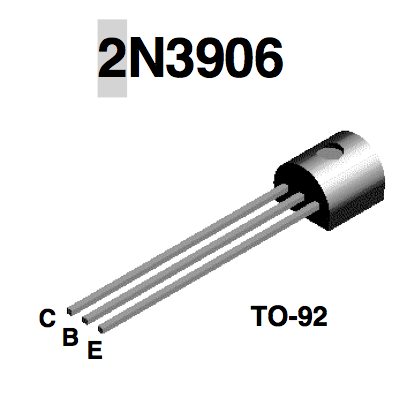Difference between revisions of "Lab 13 TF EIM"
Jump to navigation
Jump to search
| Line 20: | Line 20: | ||
| || Maximum Collector Voltage | | || Maximum Collector Voltage | ||
|- | |- | ||
| − | | | Maximum Collector Current | + | | || Maximum Collector Current |
|- | |- | ||
| || Transistor Power rating | | || Transistor Power rating | ||
Revision as of 05:01, 8 March 2011
DC Transistor Curves
Transistor circuit
1.) Identify the type (n-p-n or p-n-p) of transistor you are using and fill in the following specifications.
| Value | Description |
| Collector-Base breakdown voltage | |
| Emitter-Base Breakdown Voltage | |
| Maximum Collector Voltage | |
| Maximum Collector Current | |
| Transistor Power rating | |
| DC current gain () |
- Construct the circuit below according to the type of transistor you have.
- Measure the emitter current I_E for several values of V_{CE} by changing V_{CC} such that the base current A is constant.
- Repeat the previous measurements for A. Remember to keep so the transistor doesn't burn out
- Graph -vs- for each value of and above. (40 pnts)
- Draw the curve on the above graph shading in the forbidden region.(10 pnts)
Questions
- What is or for the transistor? (10 pnts)
- What is for the transistor?(10 pnts)
- The base must always be more _________(________) than the emitter for a npn (pnp)transistor to conduct I_C.(10 pnts)
- For a transistor to conduct I_C the base-emitter junction must be ___________ biased.(10 pnts)
- For a transistor to conduct I_C the collector-base junction must be ___________ biased.(10 pnts)
